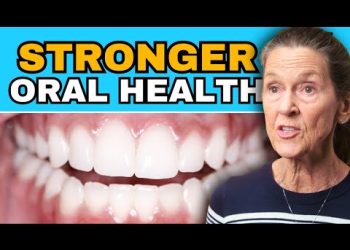Introduction to Teeth Cleaning
Teeth cleaning is a crucial part of maintaining oral hygiene. It involves the removal of dental plaque and tartar from teeth to prevent cavities, gingivitis, and periodontal disease. While brushing and flossing at home help maintain dental hygiene, professional teeth cleaning is essential for a thorough clean. Let’s explore the various dental tools used during a professional teeth cleaning session.
The Role of Dental Hygienists
Dental hygienists are trained professionals who perform teeth cleanings. They play a significant role in not just cleaning teeth but also in providing oral health education and preventive care advice. Under their care, patients learn about appropriate oral hygiene practices tailored to their specific needs.
Basic Tools in Teeth Cleaning
The basic toolkit for teeth cleaning includes several instruments, each with a distinct purpose. These tools help hygienists perform their tasks efficiently, ensuring that patients leave with cleaner, healthier mouths.
Exploring the Mirror
One of the first tools you’ll notice is the dental mirror. It’s a small, angled mirror used to see inside your mouth and check for potential issues that aren’t visible from the front, like plaque buildup behind the teeth.
Dental Scalers and Curettes
Scalers and curettes are the primary instruments for removing plaque and tartar. These tools come in various shapes and sizes, allowing dental professionals to reach all tooth surfaces effectively. This process is crucial for preventing periodontal disease.
Ultrasonic Scalers – Advanced Technology
Ultrasonic scalers use high-frequency sound waves to break down plaque and tartar. These tools are more efficient and less invasive than traditional scalers, reducing discomfort and providing a more thorough cleaning.
Polishing the Teeth
Once the scaling is complete, the dental hygienist uses a polisher to smooth the tooth surface. Polishing helps remove stains and gives teeth a smooth surface that’s harder for plaque to adhere to. The polish often includes fluoride for extra protection against cavities.
The Role of Suction Devices
During the cleaning, you may notice a small suction device used to remove saliva and debris from your mouth. This keeps the area clean and dry, allowing the hygienist to work effectively without obstruction.
Fluoride Treatment – The Final Step
After cleaning, many dental practices offer fluoride treatments to help strengthen tooth enamel. This is especially beneficial for children but can be advantageous for adults prone to cavities or with sensitivity issues.
Conclusion: The Importance of Regular Cleanings
Regular professional teeth cleanings are vital for maintaining good oral health. They prevent build-up that can lead to more serious dental issues and provide an opportunity to learn from professionals about maintaining optimal oral hygiene at home. Prioritize these appointments to keep your smile healthy and bright.











